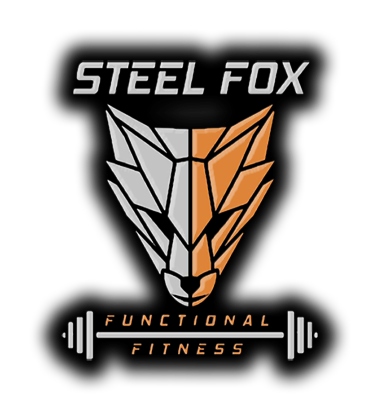A solid coach must be able to articulate the mechanics of every movement. Emphasizing the major points in performance for beginners and drilling the subtler ones for advanced athletes. This comes down to knowledge of biomechanics and movement efficacy. But, knowledge is not enough. A coach must be able to communicate their knowledge to an athlete in a universally understandable form.
The ability to see what constitutes proper movement mechanics as well as movement faults. These could be drastic and obvious, such as a rounded lumbar curve to more subtle faults like head position and grip placement. Seeing correctable faults can occur in both static and dynamic positions. Static positions include stance, grip, set up, and so on. Although the athlete is still, static faults generally lead to dynamic faults or movement faults. Early arm pulls, “stiper” deadlifts, pressing around the head, etc. all fall into the category of dynamic faults.
How a coach communicate better mechanics is very important. Using visual, verbal, and tactile cues work differently for different athletes. Shouting, “knees!” may work for an athlete that knows to drive the knees out over the toes, while another has no idea what that means. Perhaps placing their hand on the outside of their knee and telling the athlete to push against their hand will be more effective. Coaches must start at the most important faults as well. Perhaps in a squat and athletes chest is falling, knees caving and heels rising. Cueing all three will be overwhelming. Focusing on driving the knees out again may reset the pelvis, causing the chest to rise and back to straighten leading to balance and heel staying grounded.
Having all the knowledge and ability in the world means nothing if a class is chaotic at all times. Coaches must be able to manage on the micro and macro level. Organization of total time, equipment, flow of athletes takes prior planning and practice. If a WOD is “Filthy 50” or “Fight Gone Bad” there are a lot of moving parts (weights, people, equipment). Managing large groups to optimize WODs for each individual in crucial. Coordinating this as well as teaching, seeing, and correcting will improve each class.
Having a presence and attitude that is positive and engaging may sound cliche but it makes a huge difference. Building rapport with athletes improve your ability to effectively coach. If you know an athlete has a habit of dropping elbows in the thruster, simply cueing “elbows!” will be effective. Building on foundations will continually push athletes towards fitness
Finally, a CrossFit Coach should be able to demonstrate movements for their athletes. Does this mean every coach should be a games competitor? Or is every games competitor a phenomenal coach? No, but providing visual aids not only helps athletes, it demonstrates the coaching credibility. This requires awareness of one's own movement mechanics. A coach should lead by example. Demonstrating each movement to the best of their ability. Leading by example in weightlifting, gymnastics, conditioning and even nutrition.

